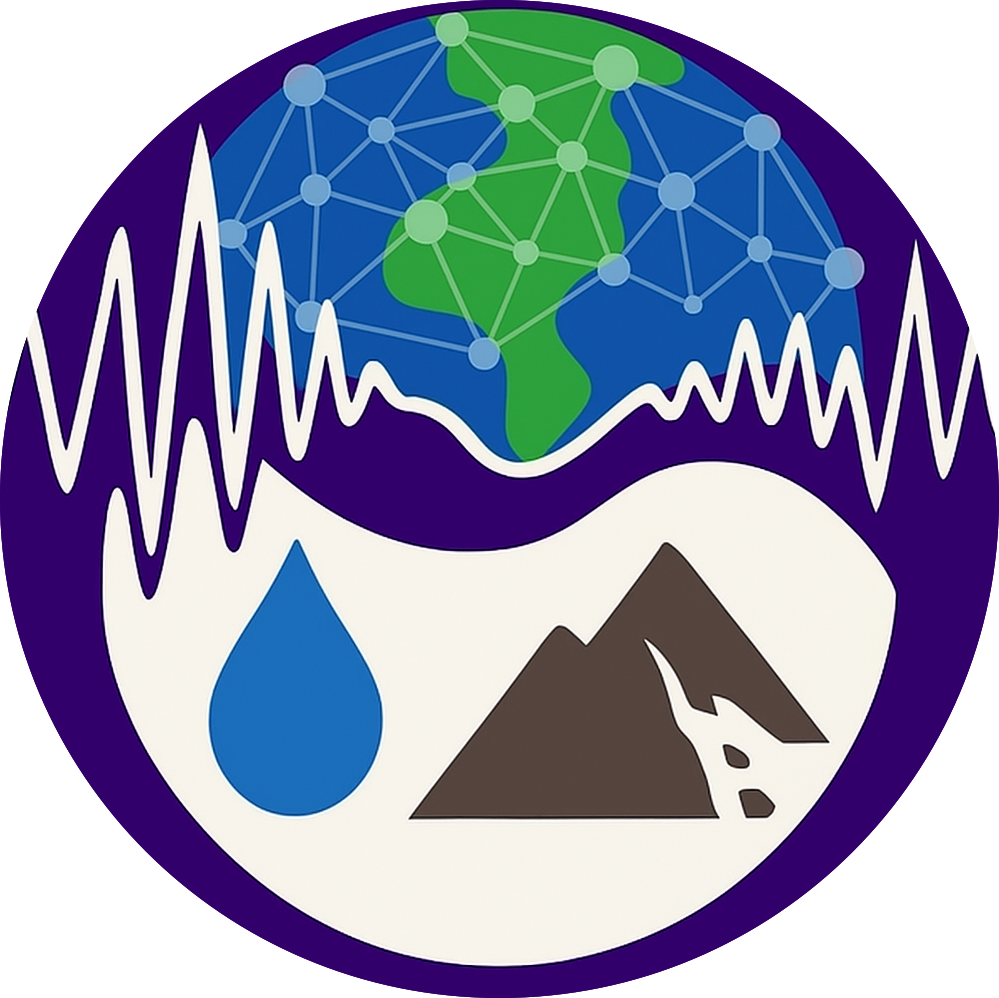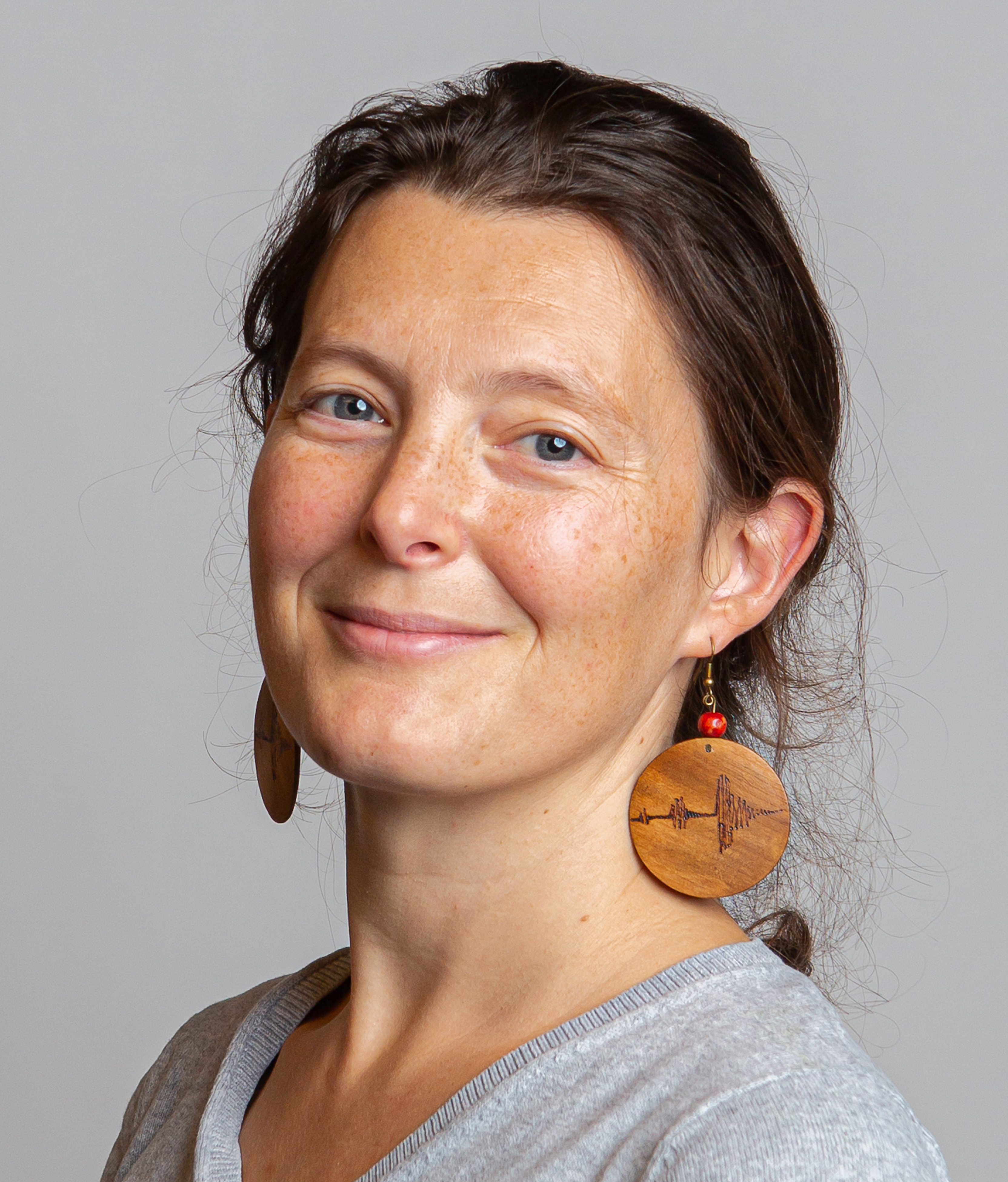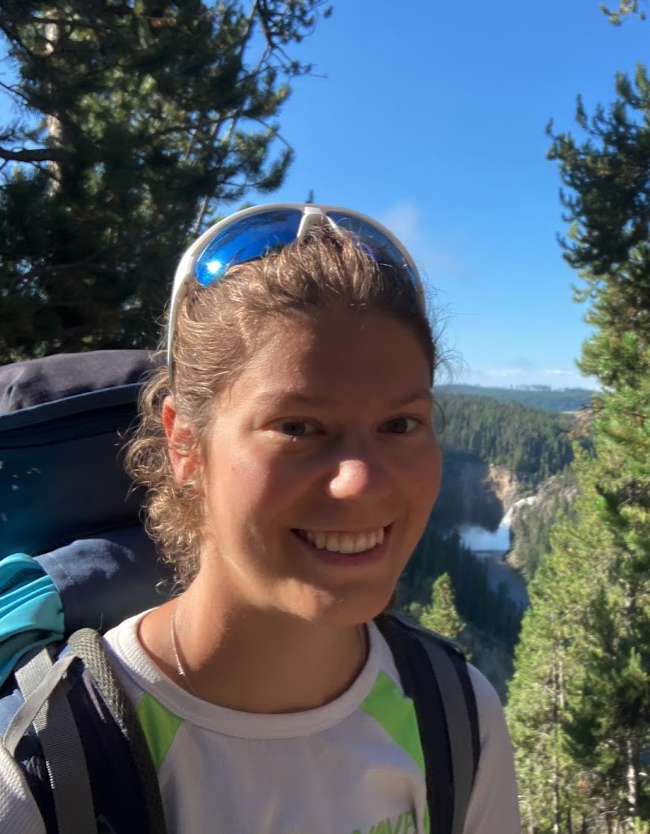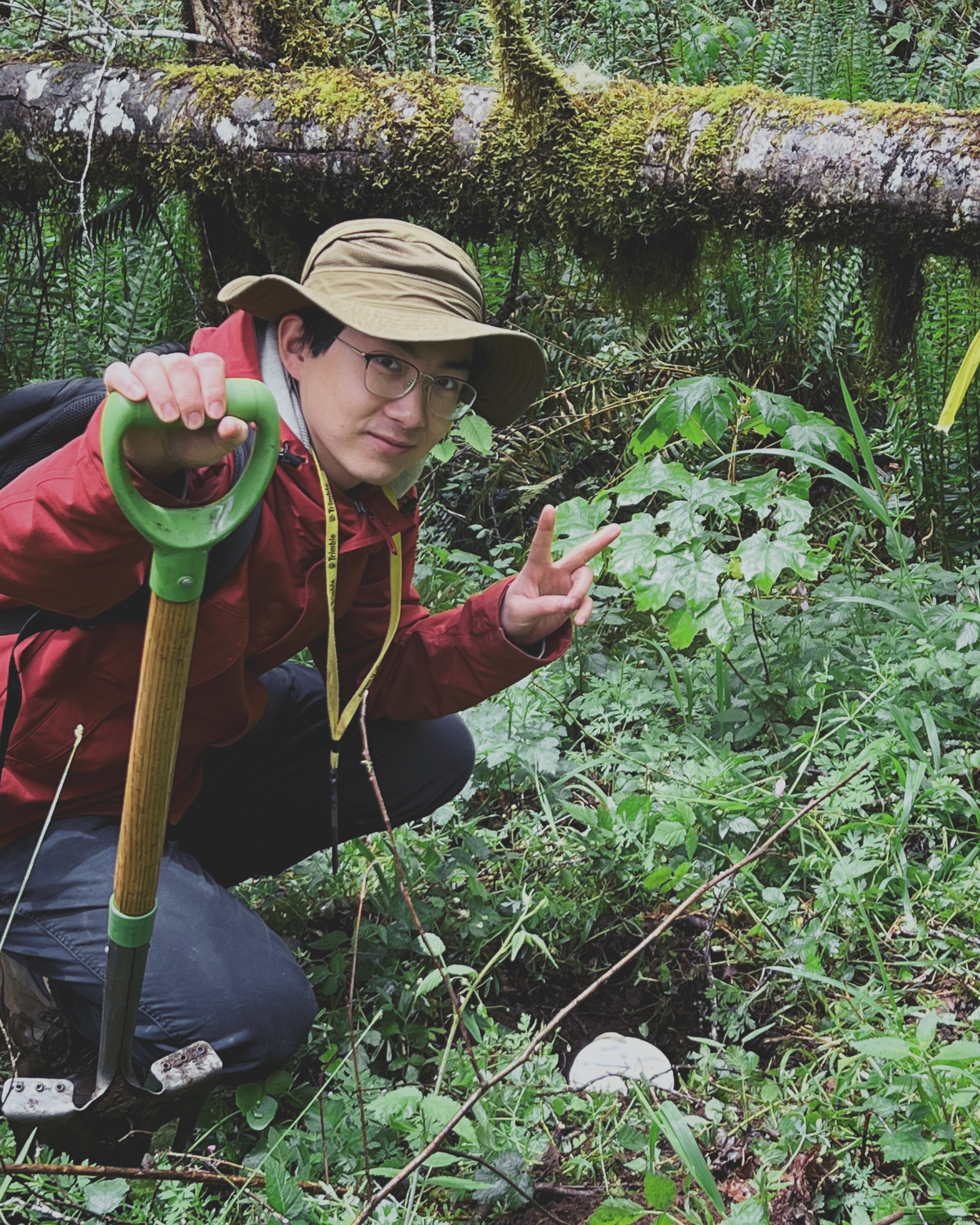Research
We mainly use Earth vibrations, geophysical networks, and AI to monitor the environment and natural hazards. Click through for overviews, people, and recent work.

Environment
We use the ambient seismic field to characterize the hydromechanics of soils, with implications for water resources management and geohazard mitigation.

Earthquakes
We discover and characterize earthquakes—small and large—using cutting-edge observation techniques, large-scale data, and basic models of their dynamics and wavefields.
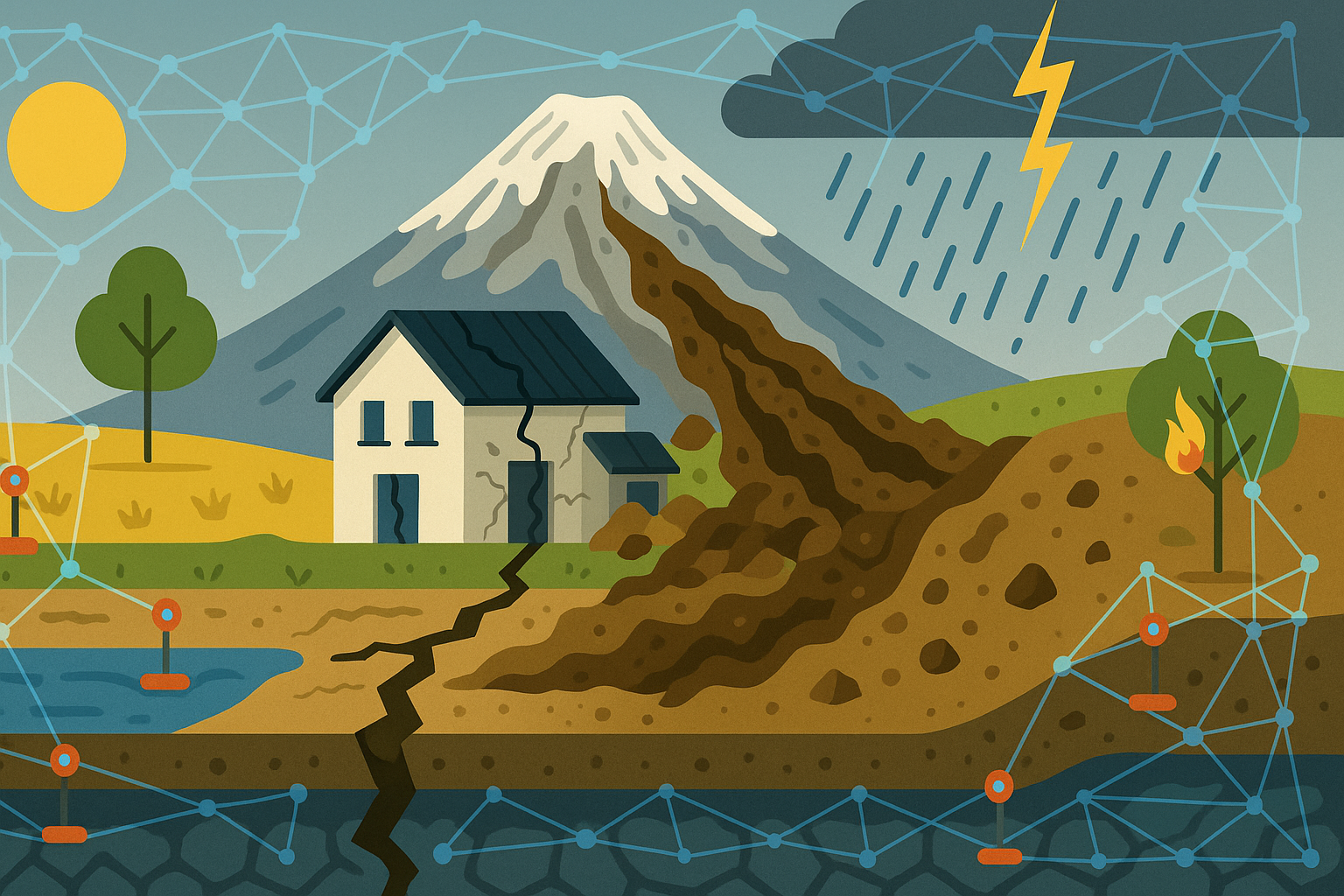
Geoscience and AI
We harness physics-based simulations, in-situ and remote sensing data to gain predictive understanding of the impact of climate and geohazards on compounding hazards.

Offshore Seismology and Geophysics
We investigate processes beneath the ocean floor using ocean-bottom seismometers (OBS), Distributed Acoustic Sensing (DAS), and other marine geophysical instrumentation to study offshore earthquakes, aseismic deformation, and submarine hazards.
